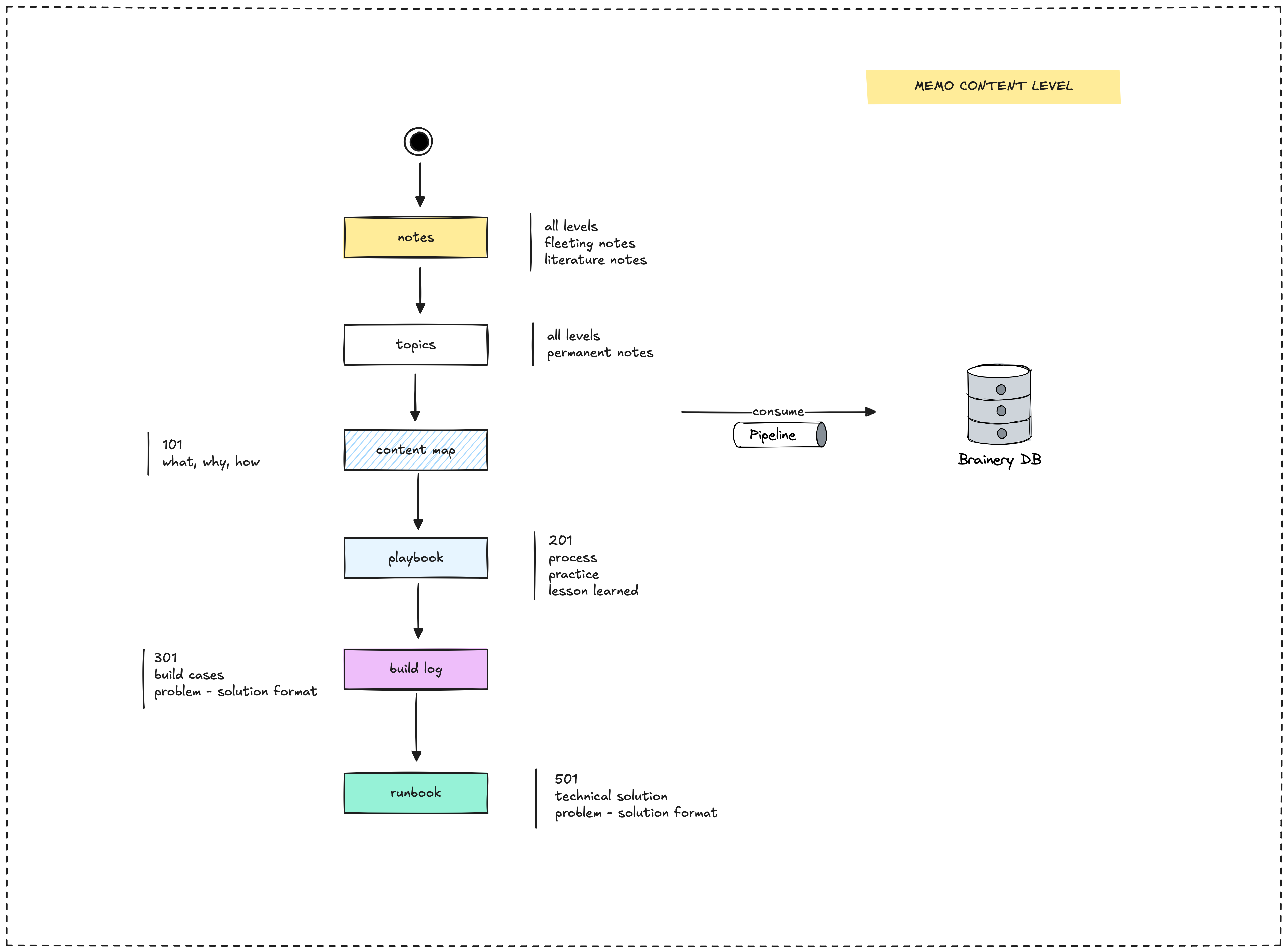Memo is where we organize and render our knowledge base, capturing our activities, content maps, focused topics, and more. It's not just a static blog engine; it's a place designed to connect generations of Dwarves alumni by making our shared knowledge accessible.
The knowledge is stored in our second brain database, a system designed for interconnected learning and retrieval. We have a series of documents in our handbook that cover various aspects of Memo.

Purpose and key features
Dwarves Memo serves as a collaborative knowledge repository for the Dwarves Foundation. It's where our team members share insights, technical documentation, and other knowledge in a searchable, accessible format. Here's what the system does:
- Converts Markdown/Obsidian notes into a structured web application.
- Provides advanced search functionality with AI-powered embeddings.
- Enables permanent storage of selected content on Arweave.
- Supports NFT minting of content on blockchain networks.
- Offers a collaborative platform with version history tracking.
Memo build log
Here's a list of documents detailing the development of Memo:
- Architecture: Understand the overall design and structure of the Memo platform.
- Git repos relation: Learn how we manage our codebases using multi-git submodules.
- Single makefile: Details the use of a single makefile to streamline development tasks.
- Static site by choice: Explains why we chose a static site approach for Memo.
- DuckDB as intermediary storage: Describes how we use DuckDB as an intermediary storage solution.
- Onchain permanent storage: Covers the implementation of permanent storage on Arweave.
- Build pipeline: Outlines the automated process for building and deploying Memo.
- Automate static site deployment: Focuses on the automation of our static site deployment process.
- Build an onchain profile: Explains the process of creating an onchain profile for content creators.
- Redirect and alias: Details the implementation of URL redirects and aliases for better SEO and user experience.
Next: Architecture
